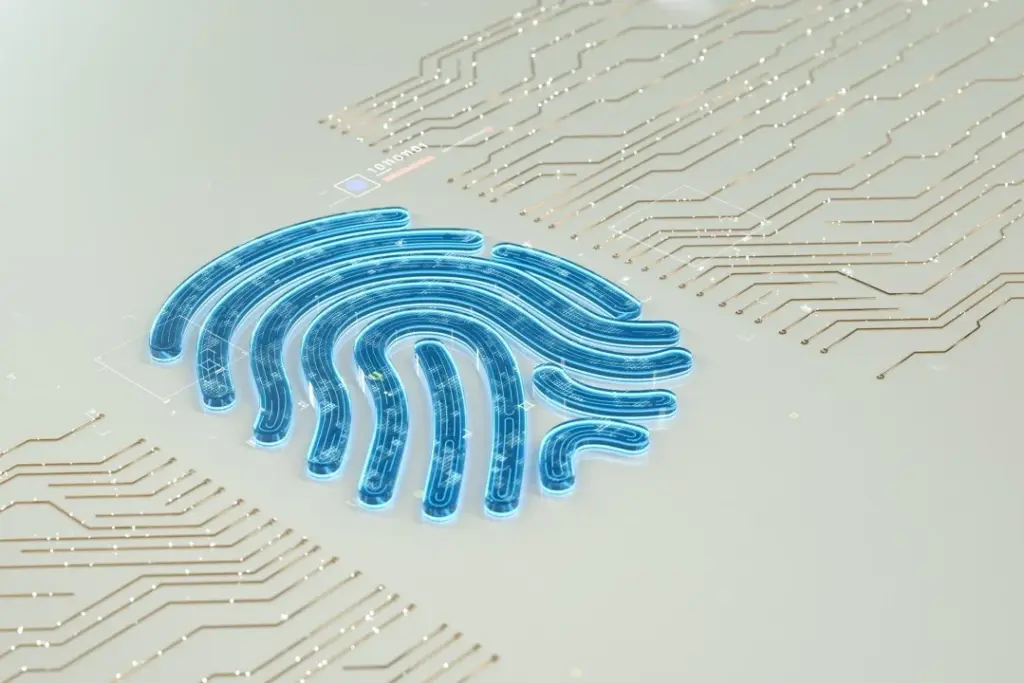Securing the Digital Frontier: The Critical Role of Cyber Security in Off-Grid Technologies.
In an increasingly connected world, off-grid technologies are becoming ever more significant. From solar-powered CCTV in remote locations to autonomous communication systems on construction sites, these technologies are redefining how industries operate. However, as our reliance on these smart, connected systems grows, so too does the importance of a critical, often overlooked, element: cybersecurity.
Off-grid technologies represent a new digital frontier. They provide vital services in locations where traditional infrastructure is non-existent, unreliable, or too costly to implement. These systems often connect to the internet via cellular or satellite networks, forming part of the larger Internet of Things (IoT). While this connectivity enables real-time monitoring and remote control, it also exposes these systems to the same risks faced by traditional, wired infrastructure.
For mission-critical applications—such as those in defence, oil & gas, and national infrastructure—a cybersecurity breach is not merely an inconvenience; it can lead to catastrophic operational failures, data theft, and significant safety risks.

Why Cybersecurity is a Unique Challenge for Off-Grid Systems
Protecting an off-grid device is different from securing an office network. These systems operate in physically exposed and often hostile environments, which introduces a distinct set of vulnerabilities:
- Physical Vulnerability: Unlike servers in a secure data center, off-grid devices are often left unattended in remote locations. This makes them susceptible to physical tampering, theft, or unauthorised access.
- Remote Connectivity Risks: Communication over public cellular or satellite networks can be less secure than private networks. Data in transit is a prime target for interception, requiring robust encryption protocols.
- Maintenance and Updates: Applying security patches and firmware updates to hundreds of remote devices can be a logistical challenge. Without a streamlined, secure process, systems can be left vulnerable to known exploits.
- Single Points of Failure: An off-grid system’s power and communication are often handled by a single unit. A cyberattack on this central hub could compromise both the device’s functionality and its ability to communicate.
The WJ Sunstone Approach to Secure Off-Grid Technology
At WJ Sunstone, we believe that security should be designed into a product from its inception, not as an afterthought. Our approach to off-grid cybersecurity is built on three core pillars:
- Robust Physical and Digital Defences: Our systems are built with rugged, tamper-resistant hardware and feature secure, lockable enclosures. Digitally, we utilise strong encryption for all data in transit and at rest, protecting sensitive information and communications.
- Proactive Security by Design: We incorporate cybersecurity best practices into every stage of product development. This includes secure coding, regular vulnerability testing, and a system architecture that minimizes attack surfaces.
- Streamlined Remote Management: Our platforms are designed for remote management, allowing for secure, over-the-air updates. This ensures that security patches and new features can be deployed efficiently and consistently across our entire fleet of devices, without the need for costly on-site visits.
By focusing on both physical and digital security, we safeguard not only the technology itself, but also the vital information it collects and transmits. This commitment ensures that our off-grid systems can operate as a trusted and resilient part of any security or communication network.
WJ Sunstone CEO, Paul Schelhaas said “Cyber security is no longer a luxury; it’s a necessity. As we push the boundaries with rapid deployment, solar-powered surveillance and telecommunications systems, it’s crucial that we build them on a foundation of robust cyber security. These systems often operate in remote or challenging environments, handling sensitive data, making them attractive targets for cyber threats. Ensuring their security isn’t just about safeguarding data—it’s about protecting the integrity of our services, the trust of our clients, and the safety of the communities we serve.”
Our Solar CCTV Systems
Solar CCTV System: A rugged, solar-powered surveillance solution designed for 24/7 monitoring in remote, off-grid locations, offering HD video, thermal imaging, and real-time alerts with zero reliance on traditional power infrastructure.
ARC System: A rapidly deployable, solar-powered CCTV and communications tower that provides wide-area monitoring, site-wide Wi-Fi, and anti-vandal features for temporary or long-term security needs.
RAFT System: A high-power, self-sustaining IoT and surveillance platform engineered for extreme environments, delivering clean energy and advanced connectivity without groundworks.